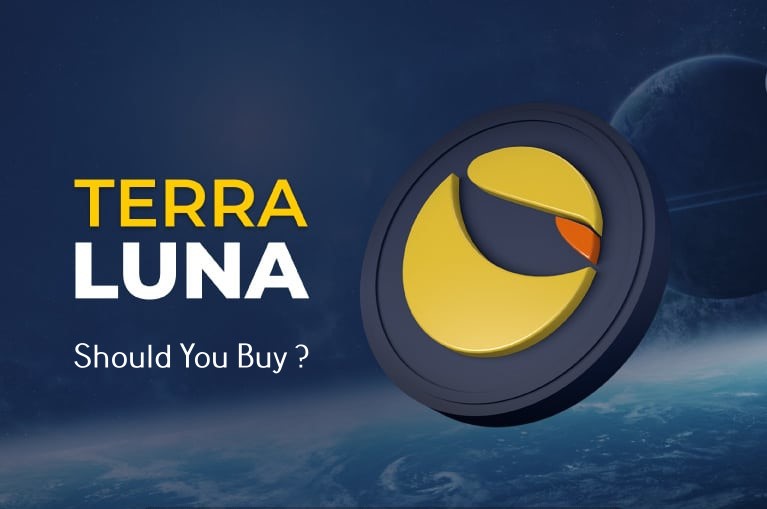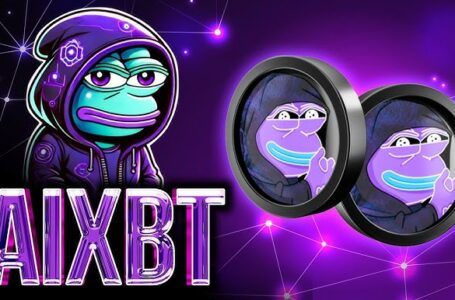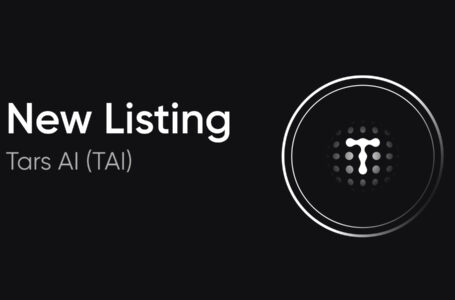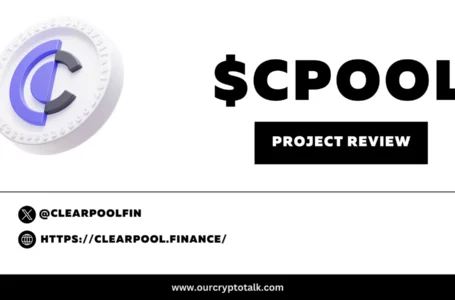
Terra (LUNA) is a decentralized financial infrastructure and blockchain protocol that introduces some unique concepts and theories into the market. The network leverages a native token, stablecoin protocol, oracle system, and smart contracts to bring users programmable money for the internet.
The project offers multiple stablecoin options that provide instant settlement. To accomplish this task, Terra relies on a price-stability algorithm that actively alters the monetary supply of an asset to retain value. In this way, Terra can provide users with lower fees, more stability, seamless cross-border exchanges, and highly responsive financial assets.
History of Terra (LUNA)
Terra (LUNA) first entered the market in January 2018. The network’s founders, Daniel Shin and Do Kwon sought to create a new type of “smart money” that could reflect the flexible nature of the digital economy. Kwon currently serves as the CEO of Terraform Labs.
What Problems Does Terra (LUNA) Solve?
Terra seeks to alleviate many issues currently faced by the world’s top stablecoins. For one, the network wants to reduce centralization in the market. Unlike the competition, Terra’s protocol functions across multiple blockchains. The network also seeks to remove technical limitations on these assets through its open financial infrastructure.
Benefits of Terra (LUNA)
Terra (LUNA) brings a lot of benefits to the market. Its decentralized and permissionless nature makes it ideal for the digital economy. The network offers competitive programmable payments, logistics, and an infrastructure designed to simplify Dapp and stablecoin development.
Interoperability
Terra is all about interoperability. The network is designed to run on multiple chains, connected by the Cosmos IBC. Currently, Terra is live on Ethereum and Solana. Developers have announced plans to expand their protocol to include other top-performing blockchains in the near future.
Programmable
Terra has a development-focused agenda. The network allows programmers to build smart contracts in Rust, Go, or AssemblyScript. Additionally, you can add extra functionality to your Dapp through the use of the network’s oracles. Oracles are off-chain sensors that have the ability to communicate data to-and-from the blockchain. Oracles are critical to many blockchain networks, especially when used for price discovery purposes.
Streamlined Financial
Building a transparent ecosystem was at the forefront of Terra’s development team’s goals. The network was built from the ground up to replace the complicated payments value chain. Specifically, Terra helps to reduce or completely remove the need for credit card networks, banks, and payment gateways with a single blockchain layer.
How Does Terra (LUNA) Work
Terra utilizes a programmable infrastructure to provide the market with self-stabilizing stablecoins and other unique features. To accomplish this task, the network relies on an elastic monetary supply mechanism. The platform automatically adjusts the supply of its stablecoins to ensure that their values remained pegged to their underlying assets.
Stablecoins
There are many different types of Stablecoins available on Terra at this time. Specifically, you can access TerraUSD (UST) which is pegged to the U.S. dollar, TerraKRW (KRT) which is pegged to the South Korean won, TerraMNT which is pegged to the Mongolian tugrik, and TerraSDR (SDT), which is pegged to the IMF’s SDR unit of account.
Anchor Protocol
The network introduces the Anchor protocol as a means for Terra stablecoin holders to earn rewards. Terra stablecoins earn rewards similar to a savings account. The protocol supports instant deposits and withdrawals. Anchor also functions as a lending protocol that allows borrowers to put down liquid-staked PoS assets from major blockchains as collateral for short-term loans.
Mirror Protocol
Terra users can easily create fungible assets using the Mirror Protocol. These newly created assets are known as synthetics. Notably, to mint a Mirror asset (mAsset), you simply need to lock up greater than 150% of the current asset’s value in Terra stablecoins or mAssets as collateral.
LUNA
LUNA is the native coin for the Terra ecosystem. This coin serves many purposes in the network. Primarily, it’s used to operate the collateralizing mechanisms that secure the price-stability of the network’s stablecoins. Additionally, it’s critical in locking value within the Terra ecosystem through staking.
Consensus
Terra (LUNA) is a DPoS (Delegated Proof-of-Stake) network. This designation means that Validators approve transactions and add blocks to the blockchain. For their efforts, they are rewarded in LUNA. To become a Validator, you need to be among the top LUNA holders. Those who don’t qualify for this designation can still stake their tokens and delegate them to a Validator to earn passive rewards.
Governance
Terra utilizes a community-based governance mechanism. Validators gain voting rights regarding vital network updates. These updates can include technical changes, upgrades, alterations to the fee structure, and more. Community governance mechanisms are ideal because they provide consensus support for proposals. Notably, any Validator can submit proposals to get voted on by the community.
Bottom Line
Terra’s self-adjusting monetary supply mechanisms are unique to the industry. As such, the project reflects the pioneering spirit of the decentralized sector. Today, Terra is popular amongst traders and the network continues to see expanding usage globally. You can expect to hear more about this unique project as developers expand the number of blockchains the protocol operates on in the coming months.



















